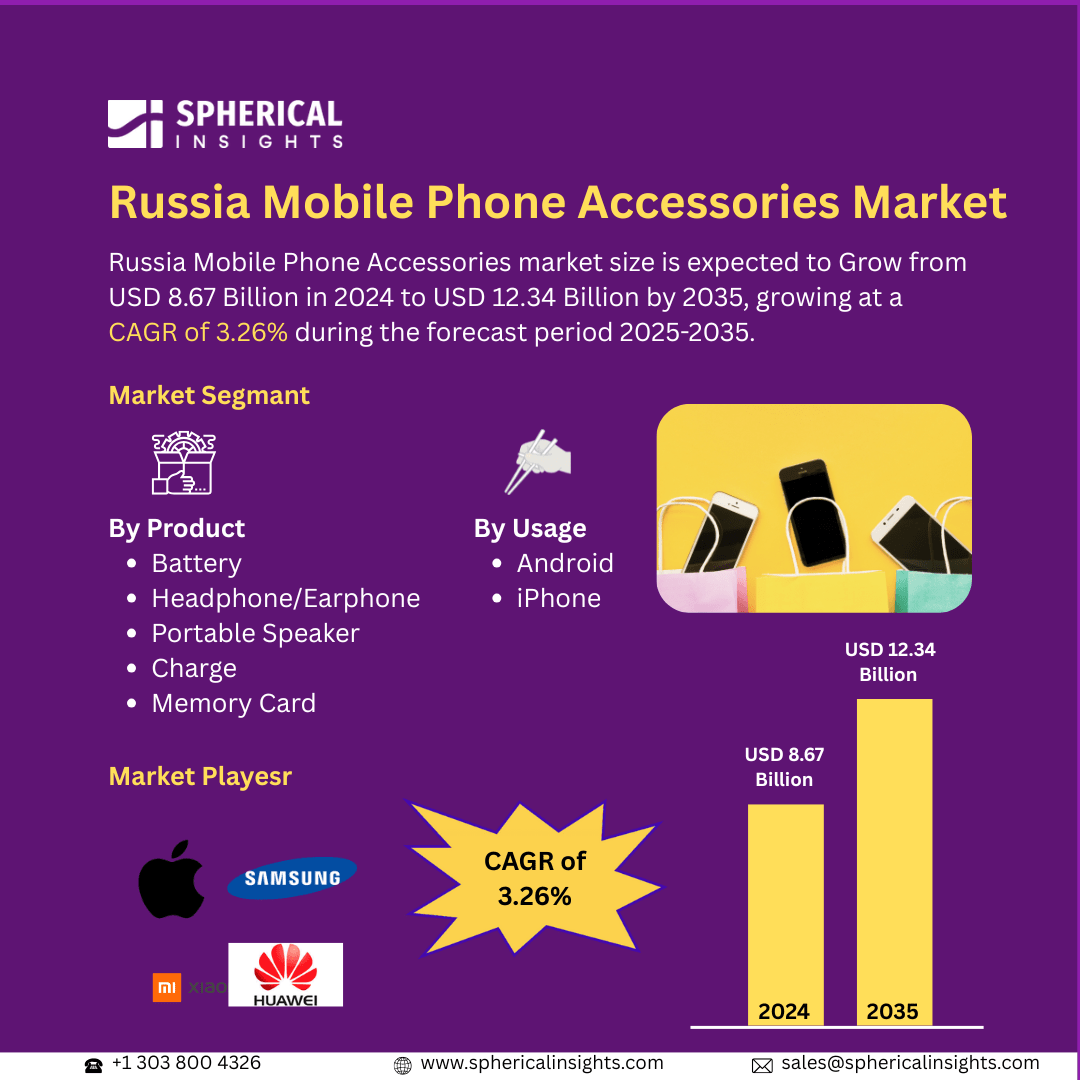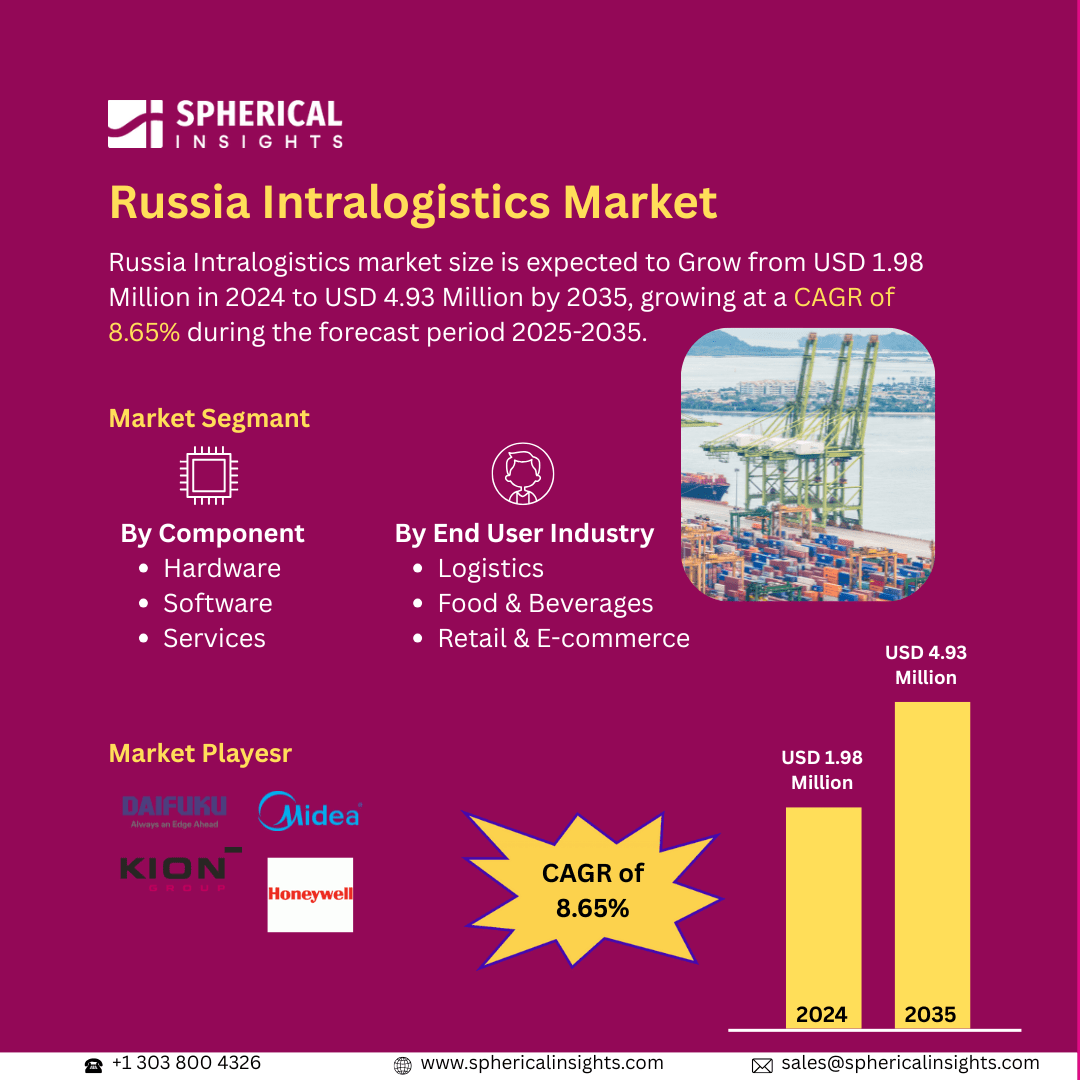Global Clinical Risk Grouping Solution Market Size to Exceed USD 2443.10 Million by 2033
According to a research report published by Spherical Insights & Consulting, The Global Clinical Risk Grouping Solution Market Size Expected to Grow from 700.02 Million in 2023 to USD 2443.10 Million by 2033, at a CAGR of 13.31% during the forecast period 2023-2033.
Browse 210 market data Tables and 45 Figures spread through 190 Pages and in-depth TOC on the Global Clinical Risk Grouping Solution Market Size, Share, and COVID-19 Impact Analysis, By Product (Software and Services), By Application (Population Health Management and Chronic Disease Management), and By Region (North America, Europe, Asia Pacific, Latin America, Middle East, and Africa), Analysis and Forecast 2023 – 2033.
The clinical risk grouping solution market is a business dedicated to sophisticated software and analytic capabilities that determine levels of patient risk based on clinical information. The solutions employ predictive analytics, artificial intelligence (AI), and data integration to segment patient populations, streamline healthcare management, enhance outcomes, and facilitate cost-effective decision-making for payers and providers. Moreover, the clinical risk grouping solution market is driven by increasing healthcare expenditure, growing demand for predictive analytics, and the requirement for effective population health management. Development in AI-based risk assessment, expanding adoption of value-based care models, integration with electronic health records (EHRs), and government programs for healthcare data analytics also drive market growth. However, major constraints in the Clinical Risk Grouping Solution Market are exorbitant implementation prices, concerns over data privacy, compatibility issues with current healthcare systems, scarcity of technical know-how, and reluctance to use AI-based risk assessment solutions in conventional healthcare environments.
The software segment accounted for the largest share of the global clinical risk grouping solution market in 2023 and is anticipated to grow at a significant CAGR during the forecast period.
Based on the product, the global clinical risk grouping solution market is divided into software and services. Among these, the software segment accounted for the largest share of the global clinical risk grouping solution market in 2023 and is anticipated to grow at a significant CAGR during the forecast period. This is driven by the rising adoption of AI-based analytics, interoperability with electronic health records (EHRs), and the need for predictive risk evaluation solutions. Solutions based on software allow real-time processing of data, enhancing efficiency in healthcare management and decision-making in comparison with services.
The chronic disease management segment accounted for a substantial share of the global clinical risk grouping solution market in 2023 and is anticipated to grow at a rapid pace during the projected period.
On the basis of the application, the global clinical risk grouping solution market is divided into population health management and chronic disease management. Among these, the chronic disease management segment accounted for a substantial share of the global clinical risk grouping solution market in 2023 and is anticipated to grow at a rapid pace during the projected period. This is driven by the increasing incidence of diseases such as diabetes, cardiovascular illness, and cancer. The growing adoption of AI-powered risk assessment applications enables healthcare practitioners to track risky patients, individualize treatment options, and enhance long-term disease outcomes.
North America is projected to hold the largest share of the global clinical risk grouping solution market over the projected period.
North America is projected to hold the largest share of the global clinical risk grouping solution market over the projected period. This is made possible by superior healthcare infrastructure, high usage of AI-driven analytics, increased emphasis on value-based care, and increased presence of major industry players. Government initiatives favouring healthcare data analytics also support the dominance of the region's market.
Asia Pacific is expected to grow at the fastest CAGR of the global clinical risk grouping solution market during the projected period. This is driven by the growing adoption of AI-driven risk assessment tools, government initiatives for healthcare analytics, the digitization of healthcare, and the prevalence of chronic diseases. The region's market is growing faster thanks to growing healthcare infrastructure and rising demand for affordable care options.
Company Profiling
Major vendors in the global clinical risk grouping solution market are 3M, Cerner (Oracle), Optum Inc., Conduent Inc., HBI Solutions, Reveleer, Nuance Communications, Inc., Lightbeam, Health Catalyst., and others.
Key Target Audience
- Market Players
- Investors
- End-users
- Government Authorities
- Consulting and Research Firm
- Venture capitalists
- Value-Added Resellers (VARs)
Recent Development
- In August 2022, an AI-powered platform called Risk 2.0 was introduced by Reveleer to automate the collection and coding of clinical data for health plans. Plans can confidently implement risk adjustment programs by streamlining data collection, analysis, review, and submission.
Market Segment
This study forecasts revenue at global, regional, and country levels from 2023 to 2033. Spherical Insights has segmented the global clinical risk grouping solution market based on the below-mentioned segments:
Global Clinical Risk Grouping Solution Market, By Product
Global Clinical Risk Grouping Solution Market, By Application
- Population Health Management
- Chronic Disease Management
Global Clinical Risk Grouping Solution Market, By Regional
- North America
- Europe
- Germany
- UK
- France
- Italy
- Spain
- Russia
- Rest of Europe
- Asia Pacific
- China
- Japan
- India
- South Korea
- Australia
- Rest of Asia Pacific
- South America
- Brazil
- Argentina
- Rest of South America
- Middle East & Africa
- UAE
- Saudi Arabia
- Qatar
- South Africa
- Rest of the Middle East & Africa



